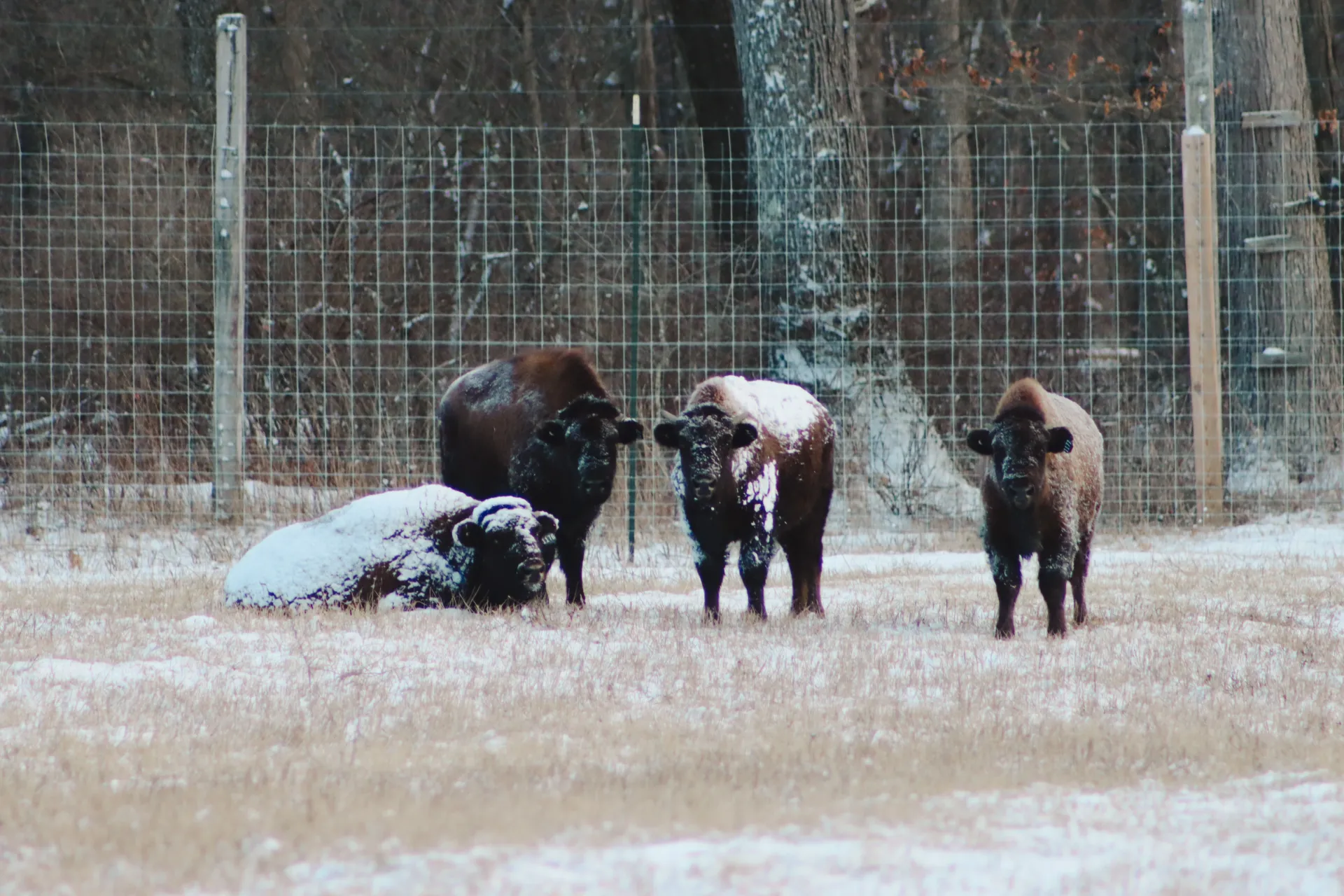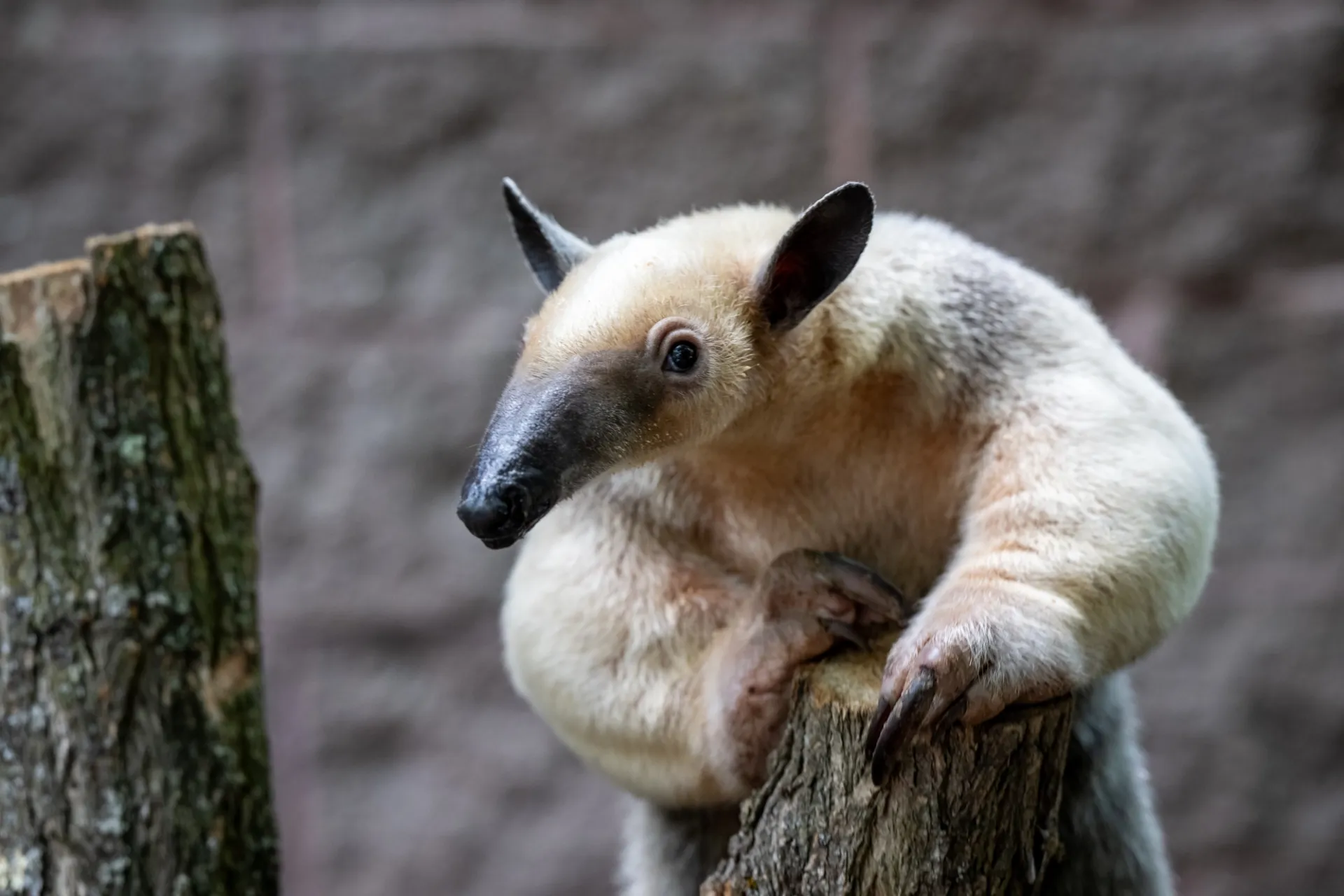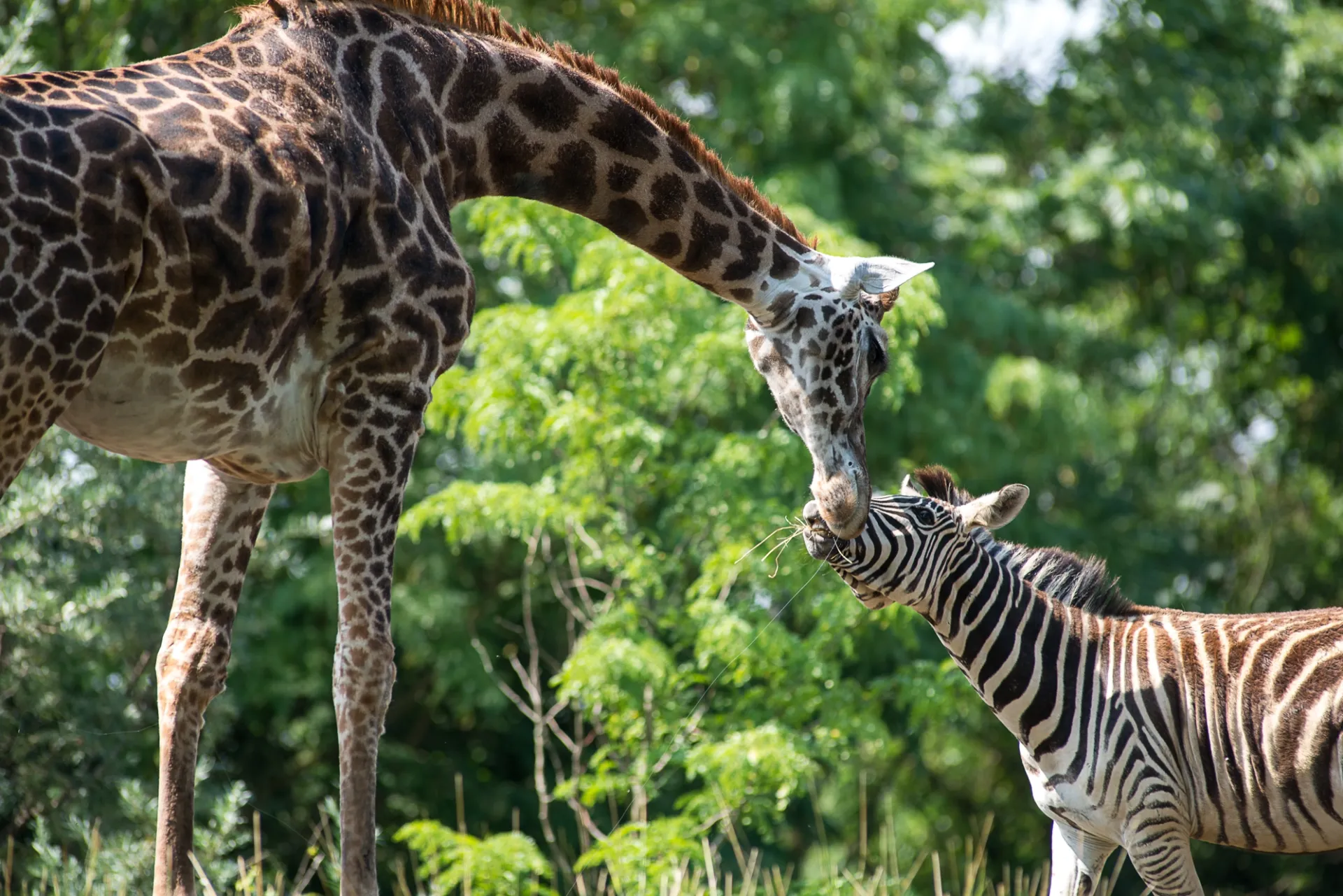Liberty and Justice for All
September 27, 2024
The Pittsburgh Zoo & Aquarium salutes the addition of the national bird to its roll call of residents – a pair of rescued bald eagles.
The male, Justice, and the female, Liberty, sustained injuries in the wild and were rescued and rehabilitated by the Alaska Raptor Center in Sitka. The U.S. Fish and Wildlife Service determined the eagles were non-releasable due to their permanent injuries. Both eagles are adults, but their ages are unknown. They will make their home in the Zoo’s Kids Kingdom area.
“Liberty and Justice will not be part of a breeding program since eagle population numbers are strong in the wild,” said Daryl Hoffman, Vice President of Living Collections. “As a federally protected species any molted feathers will be returned to the government who will then send them to various Native American tribes for their ceremonies. It is illegal to possess eagle items such as feathers or eggs.”
The recovery of the bald eagle is one of America’s great wildlife conservation success stories. Pennsylvania’s nesting bald eagle population has increased steadily and dramatically in recent years. At one time, the wild population number dropped to under 1,000 birds; today, there are more than 300,000 bald eagles in the lower 48 states. The raptors’ successful recovery is the result of improvements in environmental quality due to reduction of the harmful effects of pesticides on eagle reproduction, as well as improvements in stream quality, availability of streamside trees for nesting, and anti-poaching efforts. The bald eagle was removed from the federal Endangered Species list in 2007; its Pennsylvania status was changed to Protected in 2014. Even with the upgraded conservation status, they are still protected under three federal acts: the Bald and Golden Eagle Protection Act, the Migratory Bird Treaty Act, and the Lacey Act.
Bald eagles are widely distributed near rivers, lakes, and coastal waters in North America and northern Mexico. Among the largest birds of prey, they may weigh up to 14 pounds and have seven-foot wingspans. Although the birds were adopted as the U.S. national symbol in 1782, they were nearly decimated in the early 1900s due to the use of DDT and habitat destruction.





